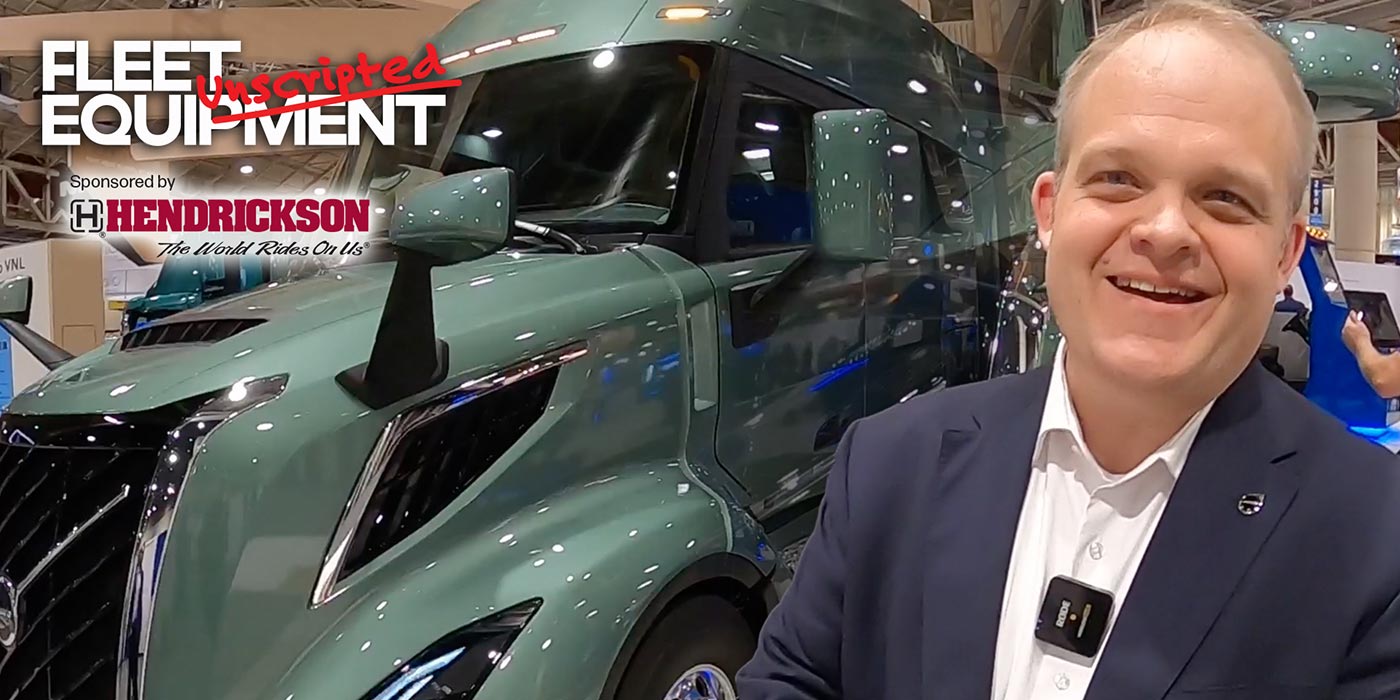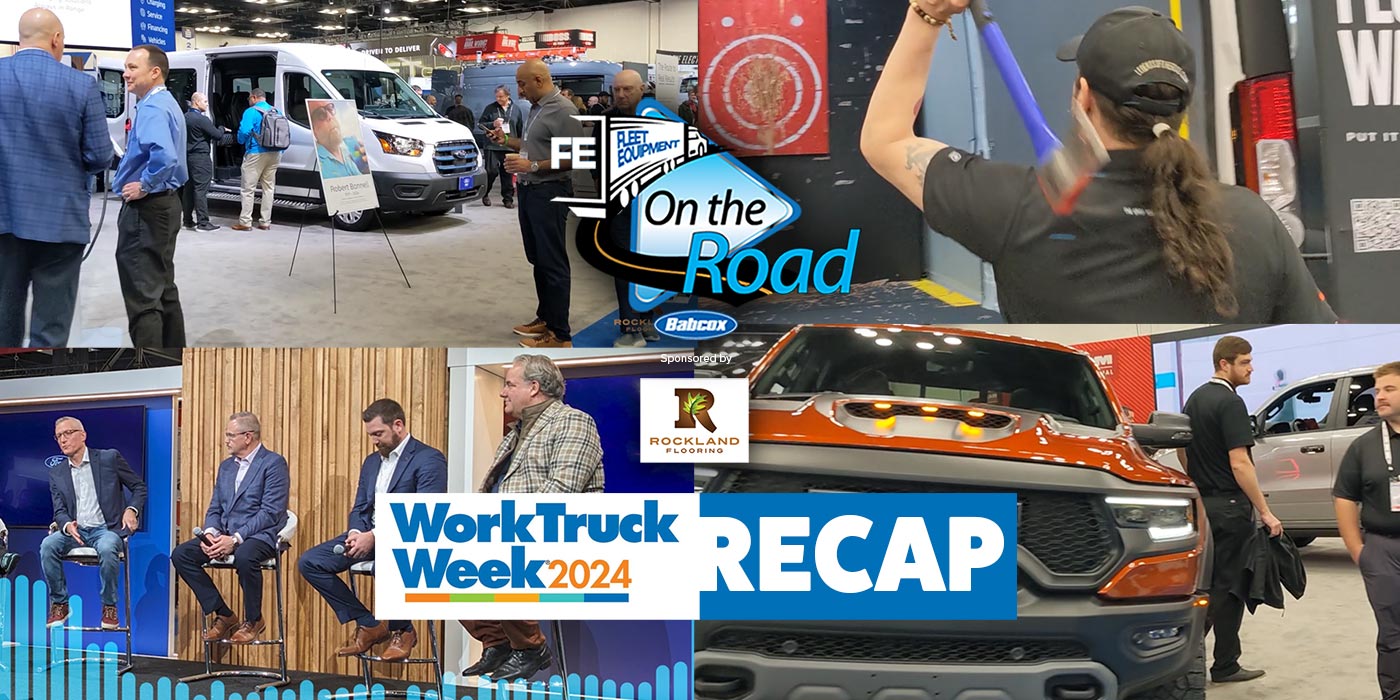Fleets that decide to spec retread tires will oftentimes save money without sacrificing performance. But to see maximum value, it all starts with selecting the right casing.
Click here to watch more of FE’s On the Road video series.
Here is a transcript of the video:
The value proposition of retreading holds true whether you measure it in engine hours or miles. Retreading recycles worn tire casings and extends their service life with every successive retread. And, it lowers the total cost of ownership of maintaining your trucks.
So, if you aren’t already taking advantage of retreading options for your trucks, let’s break down five steps to implementing a tire retread program.
Step one is spec’ing the right casing.
Casing integrity is paramount when it comes to retreading. Step into any respected retread facility, which I highly recommend you do, and you will see that tire casings are put through rigorous testing procedures to ensure it is viable for retreading. These casings are inspected by both humans and computers, looking at the rubber, the sidewalls, the beads, everything to make sure sub-par casings won’t make it through.
You’ll even find, in some cases, if a casing is properly maintained and monitored through proactive maintenance, it can be retreaded numerous times – and I’m not talking 2 or 3, I’m talking numbers closer to 6 or 8!
Step two is selecting the right casing.
Oh, wait, was that Step one? Yes, it was. But it’s that important so we’re giving it two steps! Don’t mess around here!
Now, keep in mind your trucking application is obviously going to play a big part here. Long-haul fleets are likely primarily going to be interested in fuel efficiency, while vocational fleets will usually want to choose a casing designed for durability and efficiency.
Vocations that operate in harsher environments will want to select a tire with features like a more durable sidewall to help withstand impacts, cuts and abrasions, and application-specific compounding to withstand abrasive conditions.
Basically, using a long-haul trailer casing for a heavy off-road drive retread might not be the best plan.
Step three is about protecting your casing in the field, and that starts with training and maintenance.
To avoid threats to your tires either on the road or at the jobsite, educate your drivers to be more aware and responsible when it comes to the the routes and jobsites they’re driving. Keep a lookout for routes that are well maintained.
When it comes to maintenance, fleets can work with a dealer partner that can monitor and record retread performance, repair history, inventory and casing rejection information in real time to limit surprises and prevent future problems.
Step four is knowing how tire inflation affects your casings.
According to data collected by Continental, on average, 34% of fleet tires are underinflated. That means probability says one out of three of your truck tires right now aren’t at the right level of inflation. Seeing as a properly-inflated tire experiences about 15% longer tread life on its original life, and 20% longer casing life for retreading versus a tire that is 10% underinflated – this can be a big deal to your retread program.
Finally, you’ve reached step five, and you’re ready to retread.
The trouble here is that your retread tread options can be just as varied and specific as your original tire selection. You’ll find the options range from all-position, rib-type designs to lug-type designs for the drive-axle position, and trailer-specific designs for heavy scrub environments. There are treads to suit a construction fleet or a waste truck or a regional-haul or long-haul truck, or everything in between.
So, how do you know what’s right for you?
Honestly, your best bet is to consult a qualified expert. Find a tire dealer you trust with experience in the retread category and let them know your concerns and where you’re running your trucks. Trust me: They’re happy to help.













